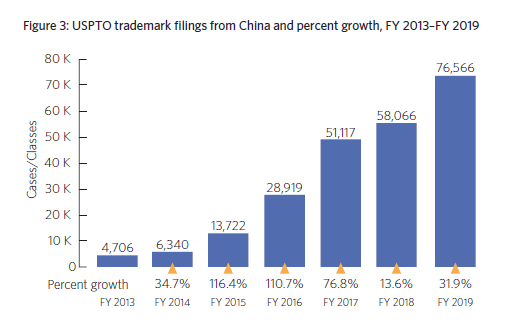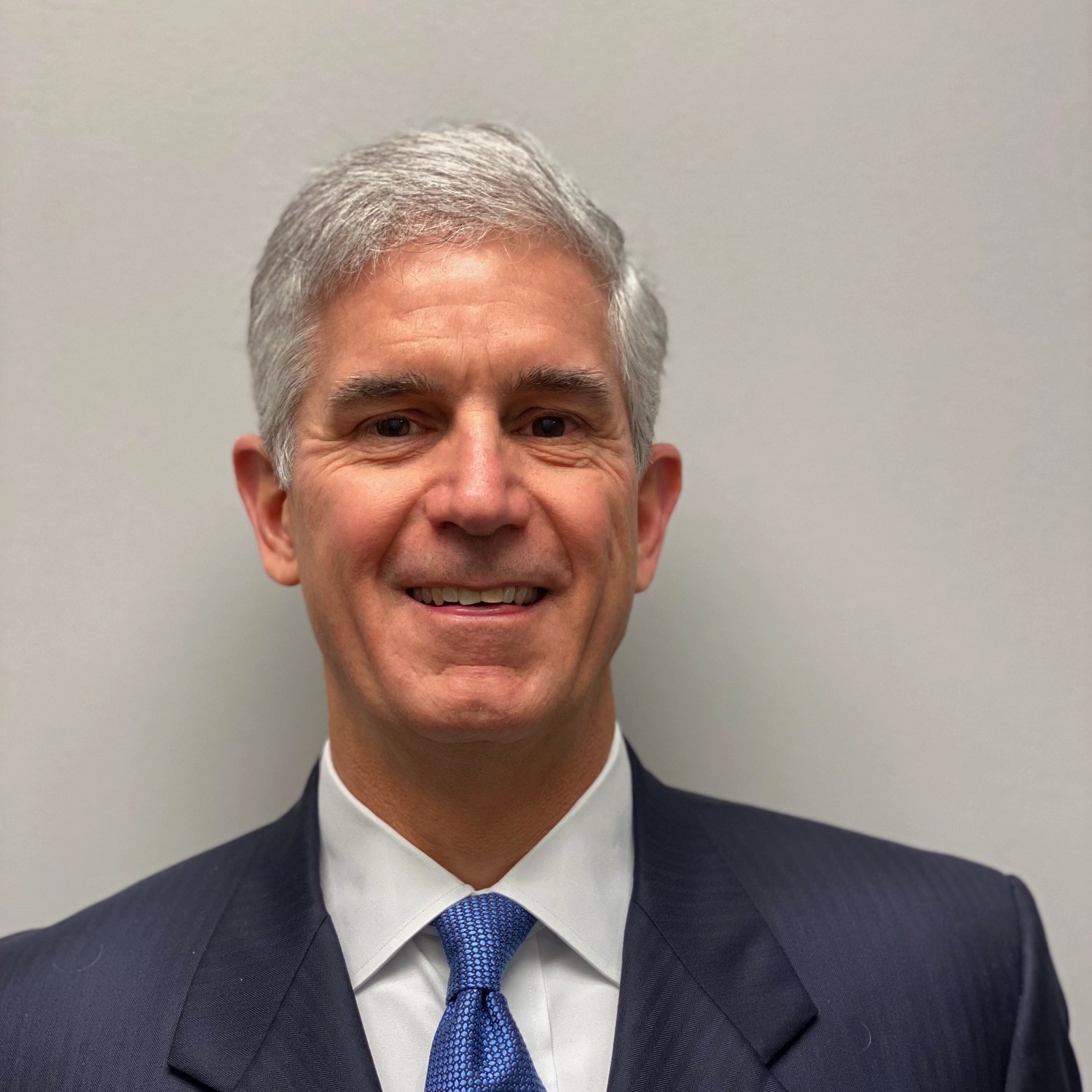New Law Creates Fast-Track Process for Challenging Fraudulent Trademark Registrations from China. Will Big U.S. Trademark Interests Succeed in Gutting It?
Wednesday, February 17th, 2021

At the end of 2020, President Trump signed into law a Covid-19 relief bill containing important new tools for attacking illegitimate trademark registrations. They address a big problem, fraudulent trademark registrations, which frequently come from China. These fraudulent registrations block businesses from getting trademark registrations for their business, product, and service names. Unfortunately, big U.S. trademark interests are trying to emasculate the new tools.
The way to protect a distinctive business, product, or service name is to federally register it as a trademark. There are at least 23 distinct benefits from doing so. But you can’t register a trademark if it’s confusingly similar to someone else’s registered trademark when you consider the similarity of the trademarks and the associated goods and services.
Finding clear space for new trademarks has gotten much tougher in recent years. The U.S. trademark register has become crowded by many registrations for trademarks that aren’t in use in the U.S. This is known as “Deadwood.”
A business looking to do a new branding can be prevented from getting a trademark registration on its choice of name because of being blocked by Deadwood. A process that cleared out Deadwood quickly and inexpensively would make it possible to wait a little while to free up a name you want.
The cause of the recent massive increase in Deadwood is fraudulent trademark applications from China. In January, the federal Trademark Office reported there are over 70 sub-national government programs in China that pay awards to Chinese citizens and companies for obtaining U.S. and other non-China national trademark registrations.
The awards are often more than the cost to apply for trademark registration in the U.S. This opportunity to profit by filing an application that costs less than the award has caused fake Chinese registration applications to flood the U.S.
To federally register a trademark in the U.S., you have to submit proof that it’s in use for some of your claimed goods and services. Chinese fraudsters have been submitting fake specimens, such as altered digital pictures that purport to show the trademarks in use when they are not.
China isn’t the only cause of Deadwood. In the U.S. we’ve always had a certain level of it principally because there are mechanisms for turning a foreign trademark registration into a United States registration with little vetting in the U.S. But China has made the problem much worse.
To combat this, the new legislation creates two potentially inexpensive and fast-track procedures for challenging trademark registrations as being Deadwood. These processes will allow you to file evidence that a registered trademark isn’t really in use. If you make a prima facie case, the federal Trademark Office will require the trademark owner to provide proof of current trademark usage or a good reason for a temporary suspension in usage. If the owner doesn’t come up with proof or a good excuse, the registration will be canceled.
Such fast-track processes won’t be a panacea. It still will be quicker and cheaper to just hunt for a trademark immediately available for registration than to pay an attorney to make a filing in one of the new processes and wait what likely will be several months to see how it comes out. But some businesses might wait for a trademark registration it deeply values.
The new procedures will take effect at the end of 2021. The new law charges the Trademark Office with issuing regulations to implement it.
There already are other ways to attack this problem by administrative litigation in the Trademark Office, but those mechanisms are more expensive and can take much longer to play out.
Unfortunately, some big U.S. trademark owners such as General Electric are trying to throw sand in the gears of the new processes by encouraging the Trademark Office to adopt regulations that would devalue them.
These companies want the Trademark Office to set a high standard for making a prima facie case of trademark nonuse.
They also are asking the Trademark Office to limit use of the new processes to only people and companies who can prove they are harmed by the purported Deadwood.
In addition, they are requesting the Trademark Office to give trademark owners as long a time as possible to respond to any claims of trademark nonuse, which will make the process longer and, consequently, less appealing.
The regulations eventually issued by the Trademark Office will determine whether the new processes will be sufficiently available and quick to be worthwhile. We’ll see.
Written on February 17, 2021
by John B. Farmer
© 2021 Leading-Edge Law Group, PLC. All rights reserved.




